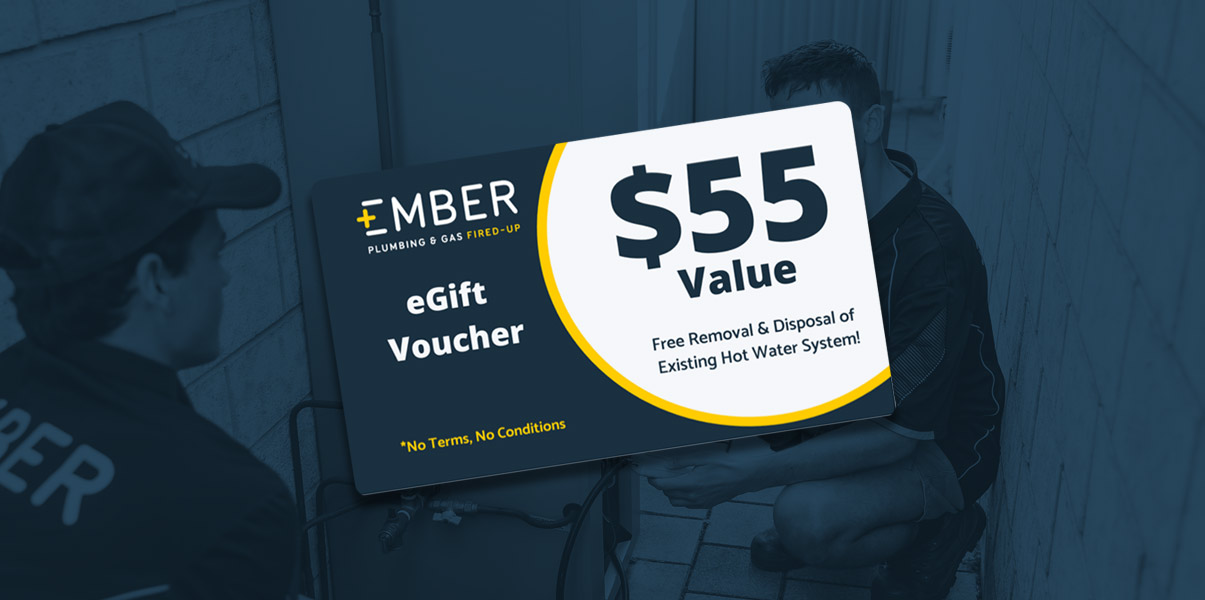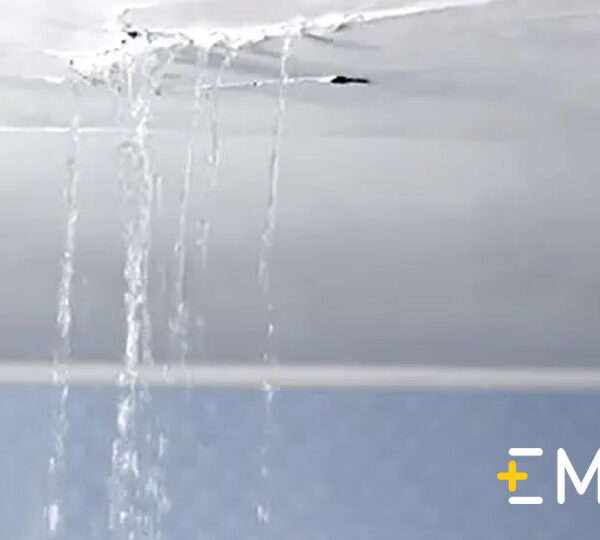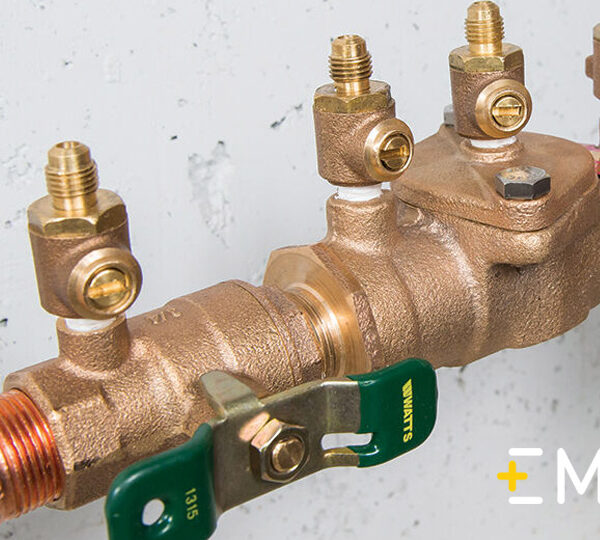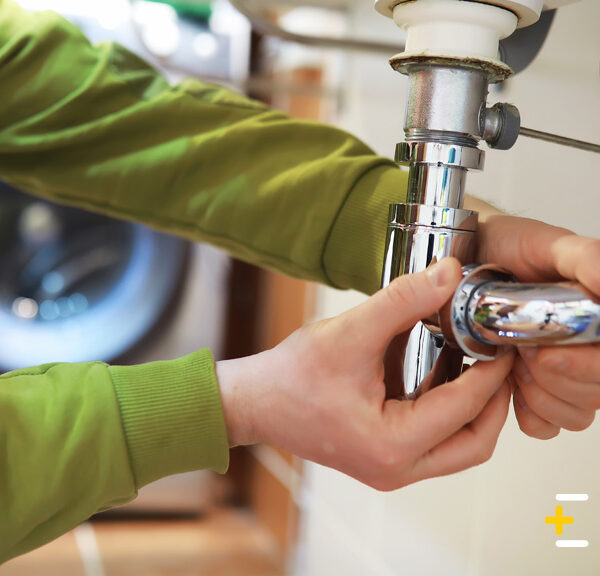Understanding Hot Water System Relief Valves: Safety and Functionality
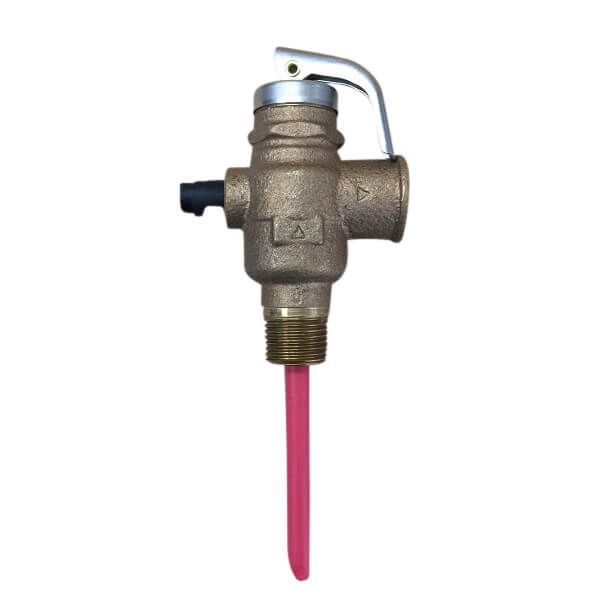
Relief Valves - Everything You Need To Know!
Introduction
Hot water systems are an essential component of our daily lives, providing us with the comfort and convenience of warm water for various purposes. Whether it’s for bathing, cooking, or cleaning, we rely on these systems to deliver consistent and safe hot water. One crucial element within these systems that often goes unnoticed is the relief valve. In this blog post, we will delve into the world of hot water system relief valves, exploring their significance, functionality, and role in ensuring the safety of our homes.
The Importance of Hot Water System Safety
Before diving into the specifics of relief valves, let’s take a moment to understand the significance of safety in hot water systems. Hot water systems, such as boilers and water heaters, operate under pressure to ensure efficient heating and distribution of hot water throughout a building. However, if the pressure within the system becomes too high, it can lead to catastrophic failures, explosions, or leaks, posing serious risks to both property and human life. This is where relief valves come into play.
What are Relief Valves?
A relief valve, also known as a pressure relief valve or safety valve, is a crucial safety device installed in hot water systems to prevent excessive pressure buildup. Its primary function is to release excess pressure by allowing hot water or steam to escape when the pressure within the system surpasses a predetermined level. This prevents the system from reaching dangerous pressure levels that could otherwise result in a rupture or explosion.
How Relief Valves Work
Relief valves are designed to operate based on the principle of pressure balance. Inside the relief valve, there’s a spring-loaded mechanism that applies force against a disc or plug. This disc or plug acts as a seal, preventing water from flowing out of the valve under normal operating conditions. When the pressure within the hot water system rises beyond the valve’s set pressure, it overcomes the force of the spring, causing the seal to lift and allowing water or steam to escape. This controlled release effectively reduces the pressure within the system to safe levels.
Types of Relief Valves
- Temperature and Pressure Relief Valve (T&P Valve): This is the most common type of relief valve found in residential water heaters. It responds to both excessive pressure and temperature. If the water temperature exceeds a safe level or the pressure becomes dangerously high, the T&P valve opens to release water, mitigating the risk of an explosion.
- Pressure Relief Valve (PRV): Pressure relief valves are often used in boilers and larger commercial hot water systems. They are designed to release pressure only and do not respond to temperature changes.
Regular Maintenance and Inspection
- Test pressure relief valves every 6 months. These valves bleed off the tank’s pressure. So, if it sticks, the pressure might build up until your tank explodes. In Western Australia we have two relief valves, a hot relief valve and cold relief valve. There is usually a label, but you might need to check the water heater’s user manual or see below photo for locations of the relief valves. To check the valve, open it manually by lifting the lever until water relieves, the valve should be held open for 3-4 seconds. When lifting the lever if no water comes out the valve is ceased and a plumber will be required to attend to service the hot water system. If hot water runs out of the valves this indicates they are working normally and no further action is required.
Conclusion
Hot water system relief valves are unsung heroes that play a critical role in safeguarding our homes and properties. By preventing excessive pressure buildup, they ensure that hot water systems operate safely and efficiently. Regular maintenance, combined with an understanding of how relief valves function, contributes to a safer living environment for all. So, the next time you enjoy a warm shower or a hot cup of tea, take a moment to appreciate the hidden safety measures that make it all possible.
Whether you need a new hot water system or need plumbing repairs, call Ember Plumbing for an assessment: 0477777301


